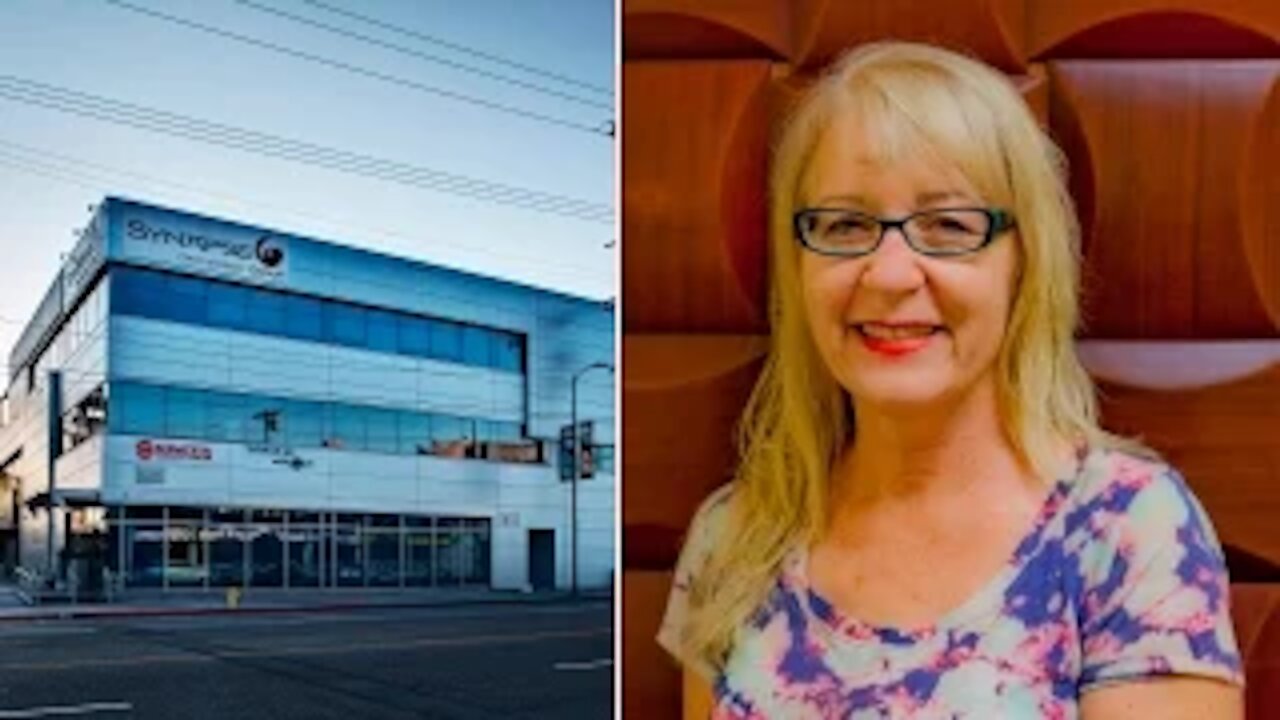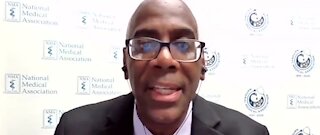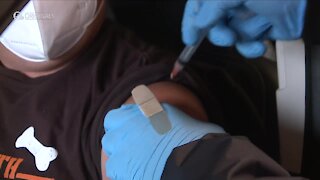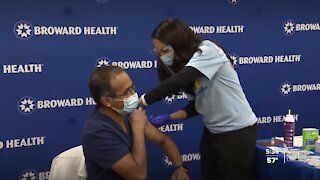Premium Only Content

Synapse Orthopedic Group | Doctors You Can Trust
Meet Ann Parkes.
She has been a patient of Edwin Haronian MD for a couple years due to a work related injury. Under Doctor Haronian's care she has made great improvements. She tells us she has 3 masters degrees, is a registered nurse and public health nurse. This knowledge and experience had made her more observant of Synapse Orthopedic Group. She confidently says this is an extremely professional and knowledgeable office. She is so glad to be a patient here and wants to continue seeing Doctor Haronian.
Call us to schedule an appointment: (818) 788-2400
Locations in Pomona, Sherman Oaks, and Los Angeles
Spinal surgeons have concluded that neurological deficit such as motor weakness or sensory loss is caused by neural compression. However, pain is produced only after the mechanical compression on the nerve has produced inflammation around the nerve. In turn, the inflammation causes swelling of the nerve which causes relative decrease in the space available for the nerve and the process continues and worsens. Since the inflammatory reaction is the basic underlying process, its blockade is of primary concern for the patient and the treating spinal surgeon. This process is begun by prescription of oral anti-inflammatory medications such as Motrin, Naprosyn, or the newer COX-2 inhibitors such as Vioxx and Celebrex. More powerful medications include the oral steroids which are used in more sever cases of inflammation and pain. In cases which oral medication has not produced the desire effect, your surgeon has the ability to deliver steroidal medication directly to the area of inflammation with an Epidural Steroid Injection. The 2 areas of the spine that steroid injections are placed are the cervical (neck) and lumbar (low back) area. Please refer to these pages for more specific information.
Routinely 3 injections are performed one week apart to produce maximal results. They are done in a procedure room under live X-ray guidance (Fluoroscopy) which guides the injection needle precisely to the are in question. Some physicians still make injections without fluoroscopy guidance but it has been shown that fluoroscopic guided injections produce consistent superior results. The skin is anesthetized with a numbing medication by utilizing a very small needle. Then a slightly larger needle is placed and advanced until it reaches the area of inflammation around the spinal cord. Care is taken not to penetrate the envelope surround the spinal cord. At that time a dye (fluid that can be seen under X-ray) is injected to confirm the position of the needle. If the position is confirmed to be satisfactory the steroidal medication is then injected in the area. Frequently patients will complain of increased pain for one day after the injection due to the placement of the needle.
The concentration of the medication has been measured previously and last for about 2 weeks in the area. Even though the medication is absorbed by the body, its effects can remain up to one year. Some patient benefit greatly from these medication and the symptoms may never recur. Approximately 50% of patients benefit from these injections. Patients with Herniated discs, Spinal Stenosis, degenerative disc disease, and Spondylolisthesis may benefit from these injections. The effects of steroids are twofold. First it may reduce the inflammation directly, secondly it may reduce the symptoms to a point that will allow the patient to progress more efficiently in a rehabilitation program.
Even though most surgeons agree regarding the benefits of Epidural Steroid Injections, no research studies have concluded the most efficient program in regards to frequency of injection (the number of injections, and the time between each injections. It has been accepted in the medical community that 3 injections are acceptable within one year. However, this regime could be tailored according to patient’s response.
For more information please visit our website at: http://www.synapsedoctor.com
You can also follow our social media pages at:
http://www.facebook.com/synapsedoctor
http://www.instagram.com/synapsedoctor
http://www.twitter.com/synapsedoctor
-
 0:59
0:59
KTNV
4 years agoBlack doctors group monitoring COVID-19 vaccine trials
8908 -
 2:51
2:51
WEWS
4 years agoBlack doctors, community leaders working to build trust in COVID-19 vaccine
71 -
 2:35
2:35
WGBA
4 years agoCan you trust the polls?
147 -
 4:36
4:36
Rhoda's Official Rumble Channel
4 years agoTrust in You
132 -
 2:59
2:59
Partner4Success Executive Development
4 years agoHow Do You Regain Someone's Trust?
66 -
 3:04
3:04
CaldwellMuayThaiClub
4 years ago $1.21 earnedGroup Fitness
1.53K -
 2:46
2:46
ChristianStrong
4 years agoChristians Who Do You Trust?
7444 -
 2:58
2:58
Luke John Bible Study
4 years agoEp6: how can you build trust with your significant one?
33 -
 1:59
1:59
WFTS
4 years agoCOVID ask the doctors
256 -
 4:53:00
4:53:00
CHiLi XDD
6 hours agoTekken Fight Night
24.4K1